|
|

| Français | Contact Us | Help | Search | Canada Site | ||||
| Home | About Us | Publications | Careers | NRC Site | ||||
| Research | People | Collaborations | Locations | What's New | ||||
| Printable version |
3D Technologies
3D Examination of the Mona Lisa
Photographs and Images of the Project
Through 3D images, people thousands of kilometres from Paris will be able to observe and explore Leonardo’s work, in the greatest detail and with no risk to the painting itself.
Experts throughout the world can compare their discoveries and hypotheses by sharing via the Internet a single 3D model of the work
In ten or twenty years, comparison of new 3D images with those from October 2004 will enable the experts to determine the level of preservation of the Mona Lisa objectively and with extreme precision.
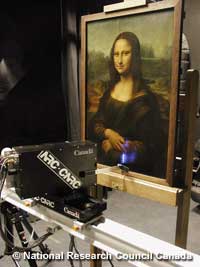 Figure 1: Click on the image for a larger view |
Figure 1: The 3-D high-resolution color laser scanner digitizing the Mona Lisa by Leonardo Da Vinci. The laser scanner is mounted on a high-precision linear translation stage, which moves the scanner across the surface to acquire successive scan bands 4 cm in width (bluish line). The scanner records the exact 3D shape and color of the painting at a lateral resolution of 60 µm × 60 µm (0.06 mm × 0.06 mm), and at a depth resolution of 10 µm (0.01 mm). By comparison, the width of a human hair is approximately 80 µm (0.08 mm). |
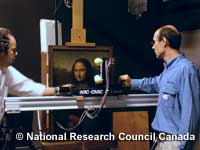 Figure 2: Click on the image for a larger view |
Figure 2: NRC's Luc Cournoyer (right) positions the scanner in front of the painting while a member of the Centre de Recherche et Restauration des Musées de France (C2RMF) staff (left) monitors the operation. Each step in the scanning process was carefully designed and precautions were taken to ensure no damage occurred to the painting. |
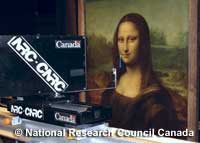 Figure 3: Click on the image for a larger view |
Figure 3: The laser scanner is a non-contact optical measuring system that acquires successive 4 cm wide bands (as shown by the bluish line generated by a low power laser) across the surface of the painting. A complete 3-D image is obtained by moving the laser scanner over the entire painting. Each band was subsequently merged by software to create a full 3-D digital model of the Mona Lisa. |
 Figure 4: Click on the image for a larger view |
Figure 4: NRC Scientist and Technical Lead François Blais configures the laser scanner during digitization of the reverse of the painting. The entire surface of the painting was scanned – obverse, rear and edges – to create a complete high-resolution 3-D digital model of the painting. |
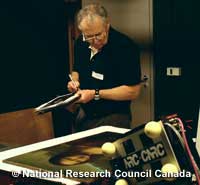 Figure 5: Click on the image for a larger view |
Figure 5: While scanning the edges of the painting, NRC's John Taylor noted surface features visible to the eye. This facilitated a comparison of actual surface features with those recorded by the scanner. |
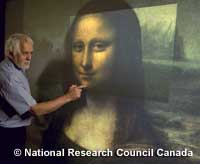 Figure 6: Click on the image for a larger view |
Figure 6: NRC scientist Marc Rioux examines the virtual 3-D model of the painting using a multi-resolution display system also developed at NRC. 3-D display systems enable interactive high-resolution displays of museum objects for the general public, as well as for detailed examination and study by museum professionals. |
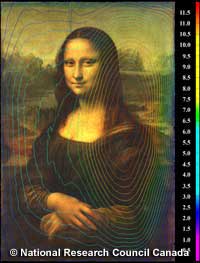 Figure 7: Click on the image for a larger view |
Figure 7: A color-coded elevation level contour map, similar to a topographical map, illustrates an accurate record of the exact overall shape of the poplar panel. The graduation between each contour line corresponds to a change in elevation of 0.50 mm with the red lines the highest or most elevated areas and the blue-green lines the lowest. This figure illustrates that the panel has a longitudinal convex curvature due to warping which is most pronounced in the area of the left shoulder. |
 Figure 8: Click on the image for a larger view |
Figure 8: Similar to Figure 7, the overall shape of the panel is represented in this color-coded shape image. The region in red is more elevated than the lower blue and purple areas. Painted between 1503 and 1506 on a poplar wood panel, the panel has warped and distorted with time. A color-coded shape image clearly shows this warping effect; the difference between the red and blue represents a warping of 12 mm of the wood panel. |
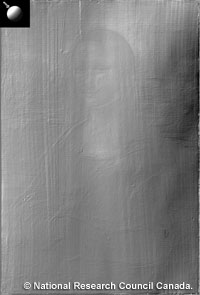 Figure 9: Click on the image for a larger view |
Figure 9: A synthetic shaded image of the painting with the color removed enables the three-dimensional surface relief features of the Mona Lisa to be examined in greater detail. This image shows that much of the surface relief on the painting is due to the wood grain structure – only a faint outline of the thinly painted composition is visible. In addition, the 11 cm vertical split in the panel above the head is visible, as are areas of previous restorations on the left and right elbows. |
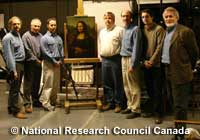 Figure 10: Click on the image for a larger view |
Figure 10: The NRC team, from left to right: J.-Angelo Beraldin, John Taylor, Michel Picard, François Blais, Luc Cournoyer, Louis Borgeat, and Marc Rioux; not in the picture Guy Godin, Louis-Guy Dicaire, Philippe Massicotte and Jacques Domey. |
 Figure 11: Click on the image for a larger view |
Figure 11: This is a snapshot of the high resolution 3D model that was constructed from the data acquired by the 3D color laser scanner. A 3D animation of the painting, obverse and reverse, demonstrates fine details of the findings and results of the study. |
Research Contact
François Blais
Research Officer
Visual Information Technology
NRC Institute for Information Technology
1200 Montreal Road
Building M-50, Room 359
Ottawa, ON K1A 0R6
Telephone: +1 (613) 993-3285
Fax: +1 (613) 952-0215
E-mail: Francois.Blais@nrc-cnrc.gc.ca
Business Contact
Charles Gauthier
Business Development Officer
Business Development Office, NCR
NRC Institute for Information Technology
1200 Montreal Road
Ottawa, ON K1A 0R6
Telephone: +1 (613) 993-2491
Fax: +1 (613) 952-7998
E-mail: Charles Gauthier

|
Date Published: 2006-09-26
|
Top of Page | |
